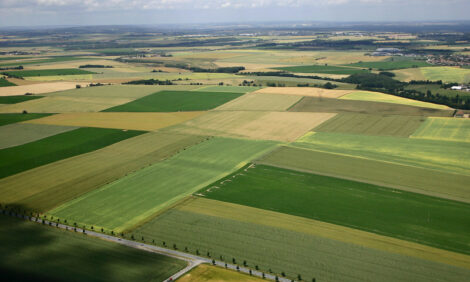



Get control of subclinical milk fever to boost productivity
Mole Valley Farmers has launched a new mineral pack to help prevent milk fever on farms feeding grass silage based rations to dry cows.Grass silage is hugely variable and can have a high Dietary Cation Anion Balance (DCAB), which has a negative effect on the metabolism of calcium around calving. This predisposes cows to subclinical or clinical milk fever.
Transition Dry Cow 600 (TDC 600) has been formulated to deliver a stronger negative DCAB to help overcome the high DCAB in grass silage. At the same time it provides an accurately formulated level of minerals, trace elements and vitamins.
For over conditioned cows that are at higher risk of metabolic disorders like fatty liver and ketosis, farmers can choose to feed TDC 650. This includes protected choline to help mitigate the risk of metabolic disease.
Mole Valley Feed Solutions Technical Manager, Dr Matt Witt thinks more emphasis needs to be placed on subclinical milk fever, considering half of all dairy cows could be suffering from it at a cost of £50/cow or almost £50 million to the industry.
He believes that subclinical disease is driving down health and production on most UK farms.
“Clinical or subclinical milk fever is a gateway disease to all sorts of problems,” he says. “You can expect reduced feed intakes, more displaced abomasums, less milk, increased negative energy balance and a high incidence of ketosis and fatty liver. Ultimately this will have a negative effect on productivity, fertility and farm profitability.”
Milk fever occurs when a cow is unable to meet increased calcium demands around calving. Although the clinical disease is obvious as a cow will often go down, the nature of less severe or subclinical illness means it is “hidden” from sight. As a result, diagnosis can only be achieved through blood tests.
To keep ahead of the problem, Dr Witt urges farmers to get a handle on the DCAB of their dry cow diets. “Being on top of DCAB is essential in any partial or full DCAB ration and especially if you’re feeding grass silage. Grass is not only high in DCAB, but can vary hugely from +300 to +800mEq/kg DM.” says Dr Witt. “You need to carry out a full mineral analysis on your grass silage, otherwise you will be shooting in the dark.”
Grass silage that has had high amounts of slurry applied should be avoided as the resulting high potash levels will negatively impact on calcium metabolism. For a partial DCAB ration, the diet should ideally have a DCAB of zero with an acceptable range of -40 to +70mEq/kg DM.
“Getting the DCAB of the dry cow ration correct will greatly improve the effectiveness of calcium metabolism in the milking cow through greater absorption from the diet and improved re-absorption from bone,” explains Dr Witt.
Farmers feeding diets containing maize or wholecrop silage can opt for Mole Valley Farmers’ existing TDC 400 mineral, which is designed for these types of ration.


